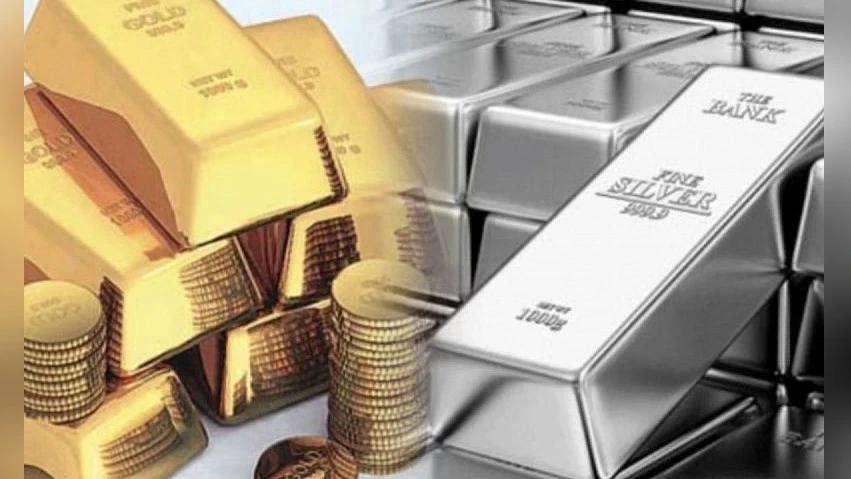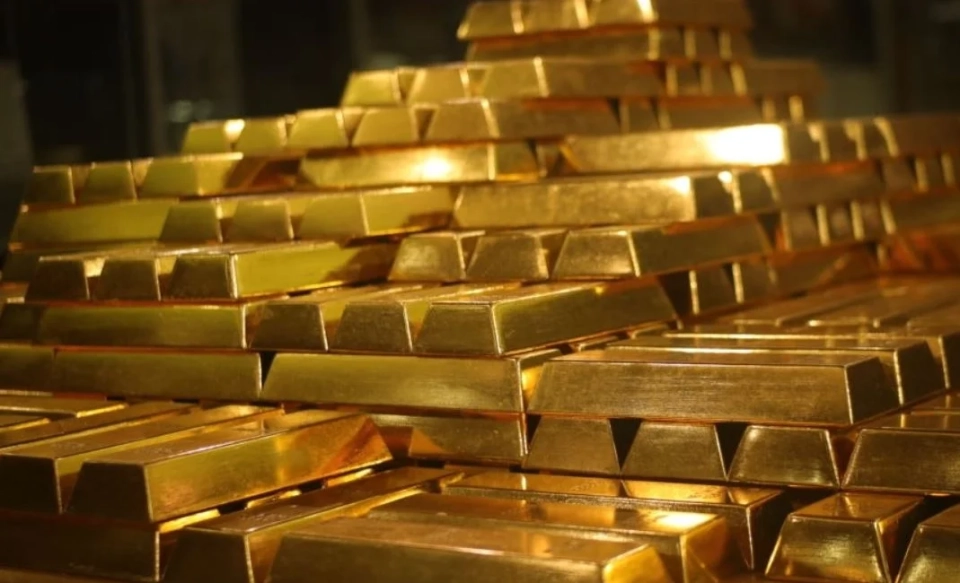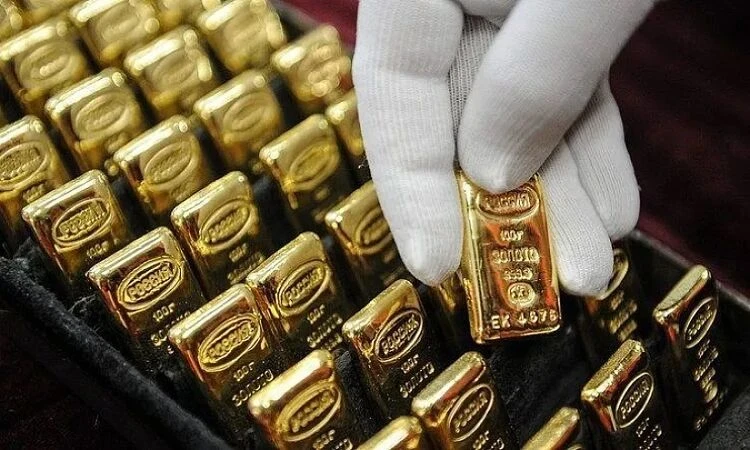The Khozhoshken River originates from the confluence of the Archa-Bashy and Zardaly rivers, which flow down from the mountains to the southwest of Batken. During periods of rising temperatures and water levels in the river, shiny particles, which may be gold, rise to the surface along with the sand.
According to local residents, the number of gold particles in the river has significantly decreased over the past 15-20 years. Due to the labor-intensive process of separating gold from sand, only a few engage in this activity. Usually, shiny particles can be found in the upper reaches of the river.
However, these shiny particles may not only be gold. Sometimes they are pyrite, known as "fool's gold," or, in rare cases, mica, also called "cat's gold." It is important to be able to distinguish them, as real gold leaves a characteristic golden streak when scratched.
Pyrite (FeS₂):
- Has a bright metallic luster and yellow color, often found in quartz inclusions.
- Due to its external similarity, it is called "fool's gold."
- Although pyrite may contain small amounts of gold, it is not a valuable source.
Mica (Phlogopite):
- Thin flakes of mica can have a golden luster and may be mistaken for gold.
- This type of mica is sometimes referred to as "cat's gold."
How to recognize?
Scratch test
When scratched, gold leaves a bright golden streak, while pyrite and mica may leave other colors or no streak at all.
Density
Gold has a high density, so lighter stones are unlikely to be gold.
Composition
Pyrite is an iron sulfide, while gold is a pure metal.
Acid test
In the field, an acid test (for example, with nitric acid) can be conducted on a small area of the stone. Gold should not react, while other minerals may react. In case of doubt, it is better to consult a specialist.
Objects
Satellite
⛶


































